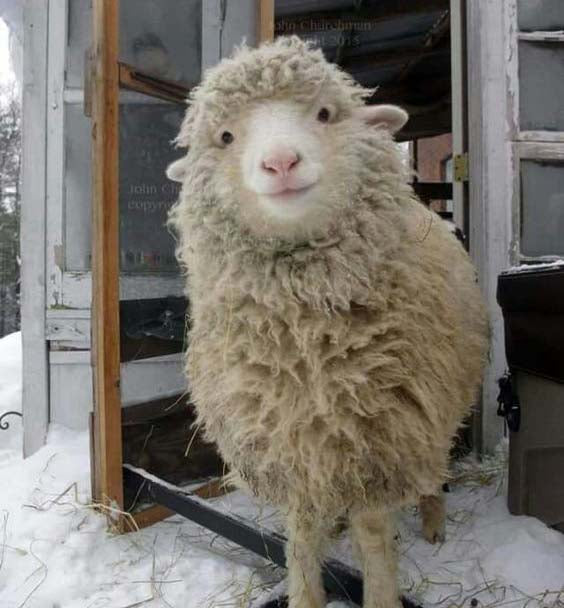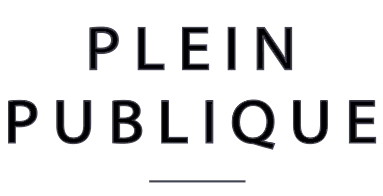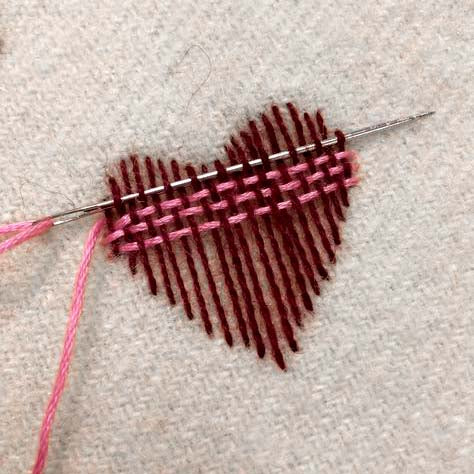
The origin of our merino wool and the cute sheep that make everything possible
By popular request we will tell you something about the suppliers of our wool. Because, being the critics that our customers are: we have been bombarded with questions lately. And not only about sustainability in regard to our environment and the planet, but also about the welfare of the animals behind the scenes.
Tribute to you: You guys are not fooled easily and don't let yourself be fobbed off with the standard socially acceptable answers. Not that you can ever catch us on trying to do that, we are proud to deal with questions and requests in a slightly different way than usual. And we are also proud of you - dear, clever, critical customer - because you consume consciously and thus keep us extra sharp and focused. Have we flattered you enough yet :-)? Sustainable and respectful production consists of many different facets. Today in the spotlight: the sheep, bêêêhh.
WHERE DOES OUR WOOL COME FROM?
The yarn suppliers we work with source their wool worldwide. In general we can say that most merino wool comes from New Zealand and Australia, Cashmere from Mongolia and Yak from the Himalayas and Central Asia. "Our" sheep like to be out on the land, dry, and sky high.
ARE THE SHEEP HAPPY & HEALTHY AND HOW IS THIS CHECKED?
The living conditions of the sheep are excellent, they are nurtured and well cared for. This is checked by the RWS, the Responsible Wool Standard. This means that every affiliated sheep farmer signs for an agreement containing a list of mandatory regulations. Ranging from optimal nutrition to the right amount of clean drinking water - it goes so far as to provide special privileges for sheep with a baby bump.
There are regular physical check-ups, but also the mental well-being of the sheep is given attention: there is a real checklist with stress symptoms and how to combat them. We wish human bosses would react that quickly... but those only takes action when we bash each other's brains in and / or roar and bang our foreheads into the company wall.
Sick animals are also not killed if that can be prevented. They receive medical care and special transport if they have to be moved. We kid you not. (Would they call an Übêêêr?)
DO THE SHEEP HAVE THE APPROPRIATE SPACE TO (SHEEP) HORSE AROUND?
Sheep that roam outside generally have plenty of space and plenty of places to find shelter from rain or wind. The soil they graze on is protected from harmful substances, erosion (holes through which the poor sheep can break their brittle little bones) and is alternately being sowed with crops to maintain biodiversity.
Sheep cannot be outside 24/7 every season: the stables in which they stay are also furnished according to strict guidelines. For example, they must have sufficient room to move and lie down, they have the right to access to daylight and loud, unexpected noises are strictly prohibited. (Are you listening, neighbor with the jackhammer?)
HOW ANIMAL FRIENDLY IS THE WOOL HARVESTED?
Neat shaving is an art, everyone knows that, right? And our suppliers are affiliated with Woolmark, a professional trade association that provides training, among other things, to make shaving as professional, painless and stress-free - for both sheep and shearers.
Shaving is still done by hand - previous experiments with protein injections that cause the fur to fall off on its own were successful, but were not picked up by the wool manufacturers for unclear reasons. If the sheep is properly laid down and held, the risk of skin damage is minimal. The shaving is quite stressful for a sheep, but shaving also has to be done even if the fashion industry isn't interested in the wool. Otherwise the poor sheep will succumb to overheating and / or infectious diseases as a result of insects nesting in the fur. Shaving must therefore be done anyway, but it is important to do it as sheep-worthy and skillfully as possible.
IS THERE MORE THAT WE NEED TO KNOW?
There is, but we can reassure you right by saying we steer far away from those things. Have you ever heard of mulesing? Do not google that! (You don't want to see the pictures, we promise.) With mulesing, the skin around the anus of the sheep is removed - for obvious reasons, this spot is favored by insects that nest in the skin folds, after which the sheep can get sick and sometimes even die. Mulesing is therefore done as a precaution, cost consideration and often without anesthesia :-(. Understandably, this is not done to the sheep of our spinners affiliated with the RWS and Woolmark.
HAPPY SHEEP DON'T COME CHEAP
Long story short: We are pretty confident that our sheep are being well cared for, which helps us breathe a little easier. The most beautiful wool really comes from sheep with a happy life. You can see and feel it. Also in your wallet, unfortunately that is the less fun side of the coin. Happy sheep don't come cheap. But we think it's worth it, and we know with certainty that you will too.
In our opinion, these were the most important ins & outs about the well-being of the beautiful animal that provides our wool. But there are of course many more aspects about the sustainable processing of wool that are worth telling you- and we will certainly be doing that in the near future. So keep asking questions, stay eager to learn and stay alert to what is important to you. We promise that we will keep you up to date and will continue to provide you with beautiful wool products in the meantime. Deal?
Love Ilse & Nicole



